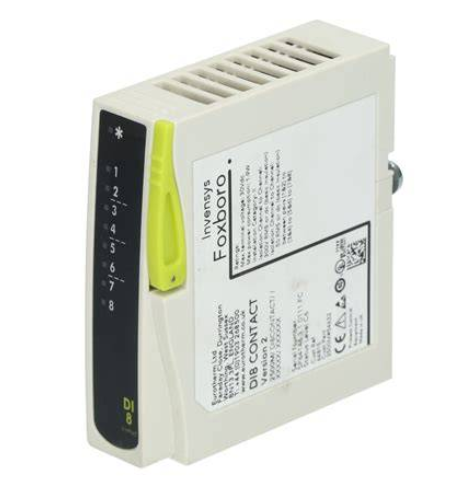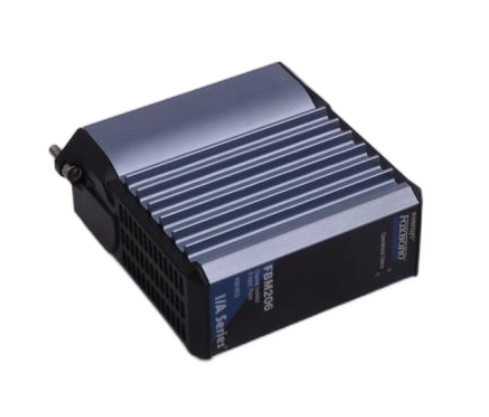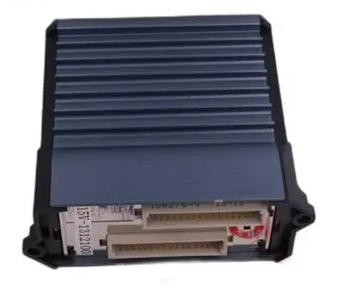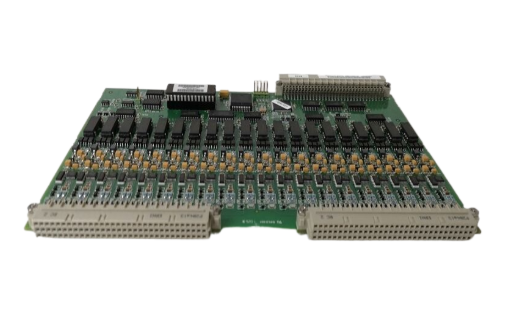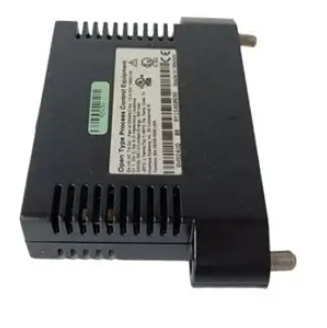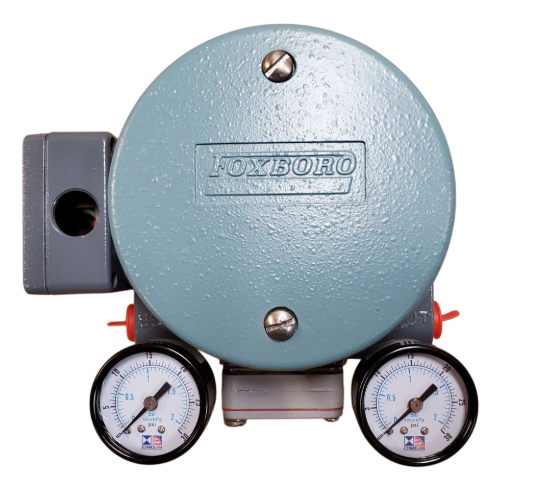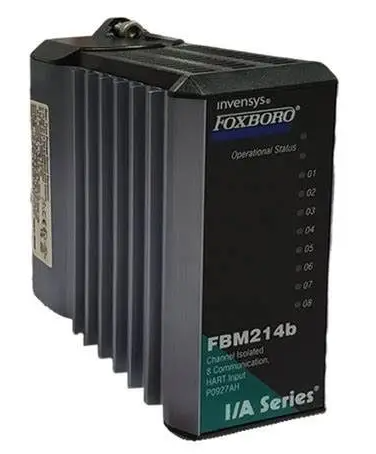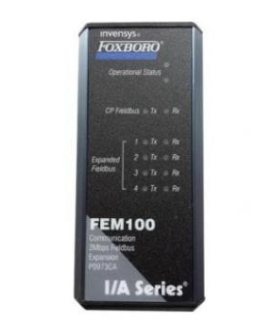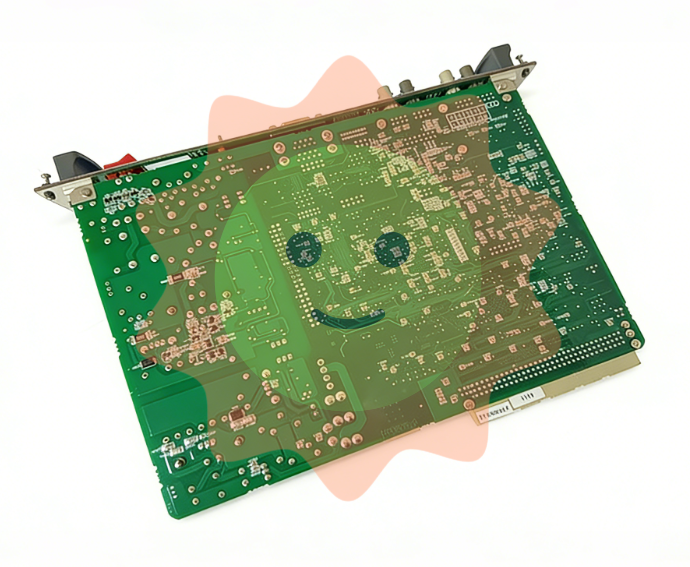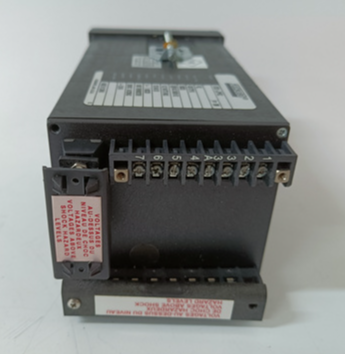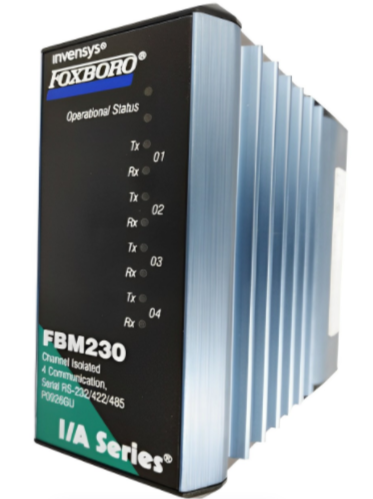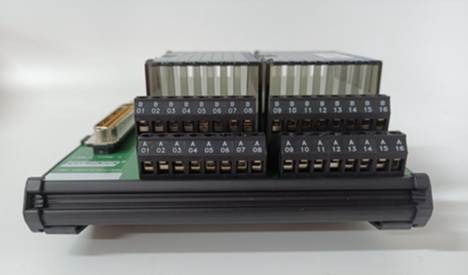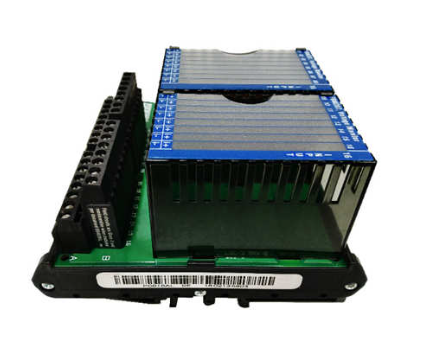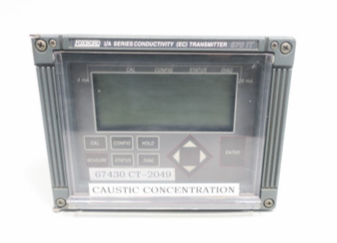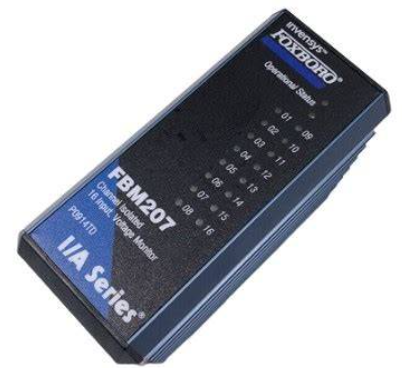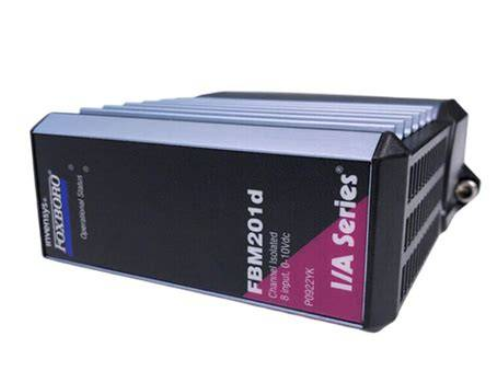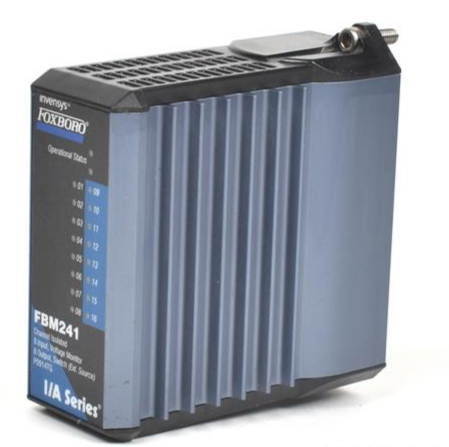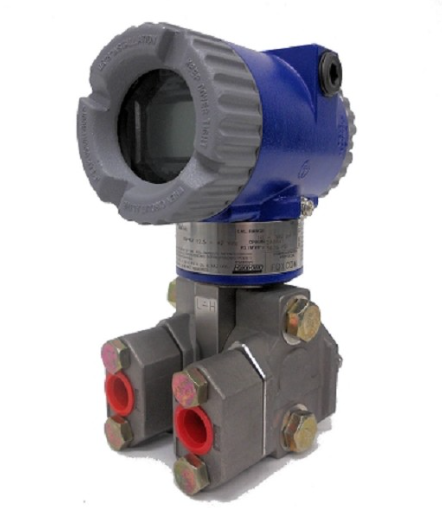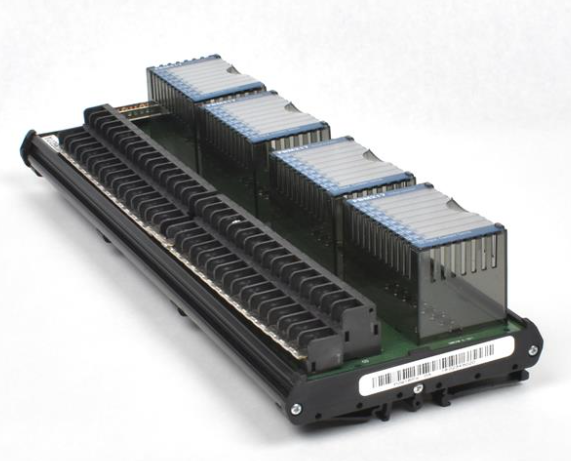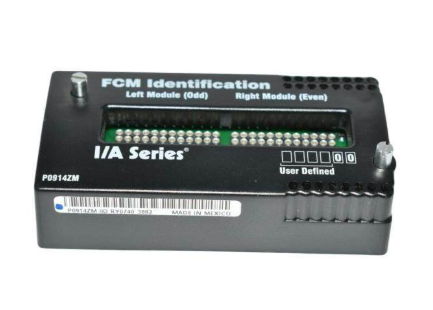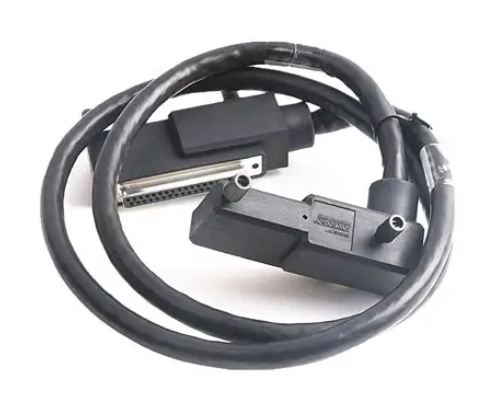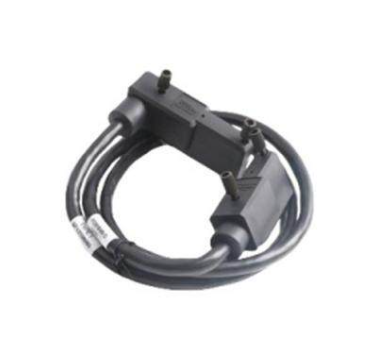Steel industry carbon reduction path

EAF + scrap (C) is the preferred, mature and flexible approach, with 66% of carbon emissions in steel manufacturing coming from the blast furnace ironmaking process in the long process (BF-BOF), while the use of scrap steel can be produced using the electric furnace short process (EAF) with lower carbon emissions, and it is more economical to achieve carbon reduction through green electricity. With the increase of domestic scrap supply, it is expected that the proportion of electric furnace steel in China in the future will increase from about 10% at present to 15% in 2025, and the utilization capacity of long-process scrap may also be further improved. We predict that replacing long-process steelmaking with EAF + scrap could contribute 20% of the cumulative CO2 reduction in the steel industry by 2050. There are three main sources of scrap steel (Figure 3) :
First, domestic recycling: Given the increase in scrap steel, especially from the two major industries of machinery and automotive, it is expected that 80% of the new supply of scrap steel will come from domestic scrap recycling;
The second is to improve recycling efficiency: the government continues to guide the integration of the scrap industry and introduce favorable financial and tax policies, which will encourage steel enterprises to take the initiative to use scrap;
The approval of the national standard for Recycled Steel Raw Materials in December 2020 and the recent liberalization of high-quality scrap imports are expected to increase the overall supply of scrap and reduce scrap costs.
The reduction gap (D) still needs to be filled by more expensive and developing options such as carbon capture, utilization and storage and direct hydrogen reduction for steelmaking. The cost of hydrogen direct reduction steelmaking mainly comes from hydrogen production, the core of which is electricity price. Carbon capture, utilization and storage requires matching geological conditions, such as proximity to declining oil fields, salt water formations, etc. Therefore, we believe that specific technology deployment should be based on regional assessment and local conditions.
We suggest that Chinese steel companies consider the following four ways to make up for the reduction gap:
First, the scale of carbon capture, utilization and storage
The representative region is the Bohai Rim region (Northeast, Tianjin-Hebei, Shandong). It has centralized steel mills, which supply more than 40% of the country's steel production, as well as other high-carbon-intensity industries such as thermal power, oil and gas, and cement, which are expected to achieve large-scale infrastructure construction of carbon capture, utilization and storage, and diluted capital expenditure costs (such as pipelines). Moreover, it is close to the oil field in the decline period, and the transportation efficiency is high, and additional income can be achieved through oil.
The second is the pilot of direct reduction of hydrogen in steelmaking
The representative region is the southwest region (Sichuan, Yunnan, Chongqing, Guizhou). It has abundant green electricity and water resources, and it is possible to achieve low-cost green hydrogen production and high economy. Sweden, Germany, Austria and other countries have hydrogen steelmaking projects put into operation, and domestic steel enterprises such as Baowu, He Steel and Jiusteel have also begun to explore pilot hydrogen steelmaking.
Third, the circular economy of electric furnace + scrap steel
The representative areas are coastal areas (Zhejiang, Fujian, Guangdong). It is characterized by high demand for steel and sufficient supply of scrap steel, but the regional long process steel production capacity is low, and the current supply is mainly imported from outside the region. In the future, the scrap - electric furnace circular economy model may become the main mode of regional steel supply. On this basis, as long as the low-carbon supply of electricity is realized, carbon neutral transition can be well realized.
Fourth, focus on transitional technologies
New technologies that can not achieve carbon neutrality of steel but can significantly reduce carbon emission intensity, such as furnace top gas cycle, blast furnace hydrogen injection, direct melting reduction, etc. It will take another 30 years for the steel industry to achieve carbon neutrality, and transitional technologies can fill a part of the reduction gap and create space for the development of zero-carbon steel technology.

In addition, the steel industry continues to promote the development of ultra-low CO2 emission steelmaking process (ULCOS) technology, including biomass steelmaking, new direct reduction process (ULCORED), new melt reduction process (HISarna) and electrolytic iron ore process (ULCOWIN/ULCOLYSIS). These explorations are still some way from industrialization, but as the technology continues to develop and mature, it is possible to better support the carbon neutral transformation of the steel industry in the future.
Implications for steel enterprises
First, make bold moves to establish the carbon emission baseline of the process and look for carbon reduction opportunities
- EMERSON
- Honeywell
- CTI
- Rolls-Royce
- General Electric
- Woodward
- Yaskawa
- xYCOM
- Motorola
- Siemens
- Rockwell
- ABB
- B&R
- HIMA
- Construction site
- electricity
- Automobile market
- PLC
- DCS
- Motor drivers
- VSD
- Implications
- cement
- CO2
- CEM
- methane
- Artificial intelligence
- Titanic
- Solar energy
- Hydrogen fuel cell
- Hydrogen and fuel cells
- Hydrogen and oxygen fuel cells
- tyre
- Chemical fiber
- dynamo
- corpuscle
- Pulp and paper
- printing
- fossil
- FANUC
- Food and beverage
- Life science
- Sewage treatment
- Personal care
- electricity
- boats
- infrastructure
- Automobile industry
- metallurgy
- Nuclear power generation
- Geothermal power generation
- Water and wastewater
- Infrastructure construction
- Mine hazard
- steel
- papermaking
- Natural gas industry
- Infrastructure construction
- Power and energy
- Rubber and plastic
- Renewable energy
- pharmacy
- mining
- Plastic industry
- Schneider
- Kongsberg
- NI
- Wind energy
- International petroleum
- International new energy network
- gas
- WATLOW
- ProSoft
- SEW
- wind
- ADVANCED
- Reliance
- YOKOGAWA
- TRICONEX
- FOXBORO
- METSO
- MAN
- Advantest
- ADVANCED
- ALSTOM
- Control Wave
- AB
- AMAT
- STUDER
- KONGSBERG
- MOTOROLA
- DANAHER MOTION
- Bently
- Galil
- EATON
- MOLEX
- Triconex
- DEIF
- B&W
- ZYGO
- Aerotech
- DANFOSS
- KOLLMORGEN
- Beijer
- Endress+Hauser
- MOOG
- KB
- Moxa
- Rexroth
- YAMAHA
- Johnson
- Westinghouse
- WAGO
- TOSHIBA
- TEKTRONIX


Email:wang@kongjiangauto.com

